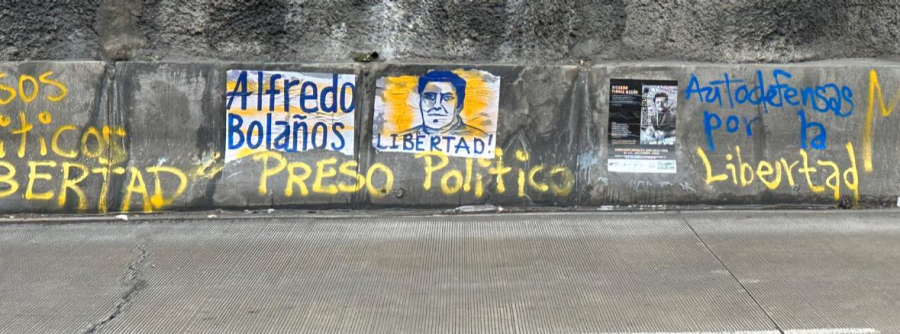Former Cultural Survival board member Vicky Tauli-Corpuz was a key participant in last week's climate change meetings in Cancun as both a representative of the Philippine government and an Indigenous expert on the impact of the REDD program (Reducing Emissions from Deforestation and Forest Degradation). (REDD is a UN program that pays countries and offers expertise to preserve their standing forests. One of Tauli-Corpuz's ongoing efforts has been to be sure that Indigenous Peoples benefit from this program, as they maintain much of the world's remaining forests.) We asked Vicky for a brief report from Cancun on Indigenous participation, and this is what she sent:
1. There are around 50-60 Indigenous representatives who are here in Cancun, attending most of the meetings of the International Indigenous Peoples' Forum on Climate Change (IIPFCC) which is the Indigenous Peoples' caucus in the climate change processes. These 50-60 persons are officially accredited within the UNFCCC, so they can enter the official meeting site, and they can participate in the open meetings. Out of this number, there are around 10-12 Indigenous representatives who are part of the government delegations of their countries. I was a delegate of the Philippine government, and I was assigned to be the negotiator on the REDD Plus (Reducing Emissions from Deforestation and Forest Degradation) Section. The others who were part of the government delegations were three Maasai and one Turkana from Kenya, one Mbororo from Cameron, one Batwa from Burundi, one Chakma from Bangladesh, several from Guatemala including Francisco Cali (member of the UN Committee to End Racial Discrimination), and one Guarani from Paraguay. So in terms of participation, Indigenous Peoples from Africa, Asia, Arctic, Latin America, North America, Pacific were present. In the opening plenary, the Mexican government included an Tzetzal woman from Chiapas as a speaker. Also, in the Forest Day, Mirna Cunningham (elected member of the UN Permanent Forum on Indigenous Issues) was in the opening plenary together with the president of Mexico and Sha Zukang (Undersecretary of the UN). The indigenous peoples who were not accredited in the official process met in two venues: the Villa Cambio Climatico and the Klima Forum. There was a two-day preparatory meeting of the IIPFCC that was held in Villa Cambio Climatico and which was supported by the Mexican Government. They offered the venue, the interpreters, and the bus that fetched us and brought us home to our hotel.
2. I would say there is a big visibility of Indigenous Peoples both within the official process and the activities outside. Those of us who were part of the government delegation negotiated strongly for the recognition of Indigenous Peoples rights, knowledge, and our full and effective participation. The IIPFCC formulated language for the Cancun Agreement that was used to lobby the State Parties. One of the big concerns was that the reference to human rights under the Shared Vision section of the agreement was lost. The IIPFCC pushed for this and the final agreement included parts of the Indigenous Peoples' proposals. (To read the parts of the Cancun Agreement that are relevant to Indigenous Peoples, click here.). We got two references on the UN Declaration on the Rights of Indigenous Peoples under the REDD Plus Section and the one on Economic and Social Consequences of Response Measures.
3. My impression is that while we did not get everything we wanted, we can build upon what we have so far. We need to work harder in the future to push for a stronger agreement in terms of mitigation targets and actions to be taken mainly by the rich industrialized countries and in terms of stronger monitoring processes on how States Parties are implementing the rights, environmental and governance safeguards in the design and implementation of REDD Plus.
Read the text of the Cancun Agreement here.



